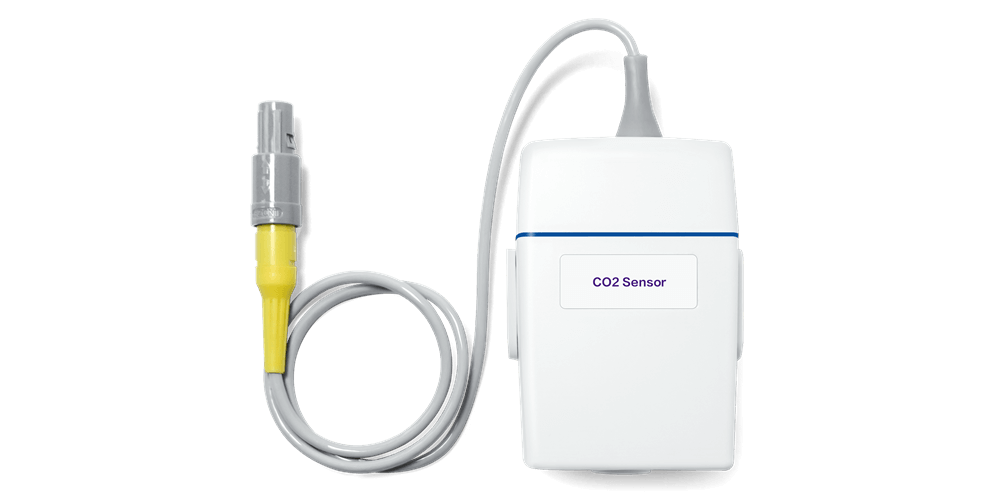Exploring the Benefits of Sidestream EtCO2 Monitoring in Healthcare
Exploring the Benefits of Sidestream EtCO2 Monitoring in Healthcare
In the realm of modern healthcare, technological advancements continue to revolutionize patient monitoring and care. Among these innovations, sidestream end-tidal carbon dioxide (EtCO2) monitoring stands out as a valuable tool that has significantly enhanced the assessment and management of patients in various healthcare settings.
What exactly is sidestream EtCO2 monitoring, and how does it impact patient care? Let's delve into the intricacies of this technology and explore its profound benefits in healthcare.

A Closer Look at Sidestream EtCO2 Monitoring
Sidestream EtCO2 monitoring is a non-invasive technique used to measure the concentration of carbon dioxide at the end of exhalation. Unlike mainstream EtCO2 monitoring, which measures CO2 directly from the airway, sidestream monitoring draws a small sample of exhaled air through a thin tube to an analyzer, providing continuous and real-time data on a patient's respiratory status.
Benefits of Sidestream EtCO2 Monitoring
1. Improved Respiratory Assessment
Sidestream EtCO2 monitoring offers healthcare providers a comprehensive view of a patient's respiratory function. It helps assess ventilation efficiency, detecting changes in CO2 levels that might indicate respiratory distress or airway compromise.
2. Early Detection of Ventilation Issues
The technology allows for early identification of ventilation problems, such as hypoventilation or hyperventilation, enabling timely intervention to prevent complications. It aids in monitoring patients undergoing anesthesia, in critical care units, during procedural sedation, and in emergency settings.
3. Confirmation of Endotracheal Tube Placement
Sidestream EtCO2 monitoring plays a crucial role in confirming proper endotracheal tube placement during intubation. The device detects the presence of exhaled CO2, ensuring the tube is correctly positioned in the trachea and not in the esophagus, reducing the risk of complications like hypoxia.
4. Enhancing Patient Safety
By providing continuous feedback on a patient's respiratory status, sidestream EtCO2 monitoring contributes to enhancing patient safety. It assists healthcare professionals in making informed decisions promptly, reducing the likelihood of adverse events related to respiratory compromise.
Conclusion
Sidestream EtCO2 monitoring has emerged as an invaluable tool in healthcare, offering numerous advantages in respiratory assessment and patient care. Its ability to provide real-time data, aid in early detection of ventilation issues, and confirm airway placement significantly improves patient outcomes and safety.
As healthcare technologies continue to advance, the integration of sidestream EtCO2 monitoring into standard patient care protocols serves as a testament to its pivotal role in improving respiratory management and enhancing overall healthcare delivery.
